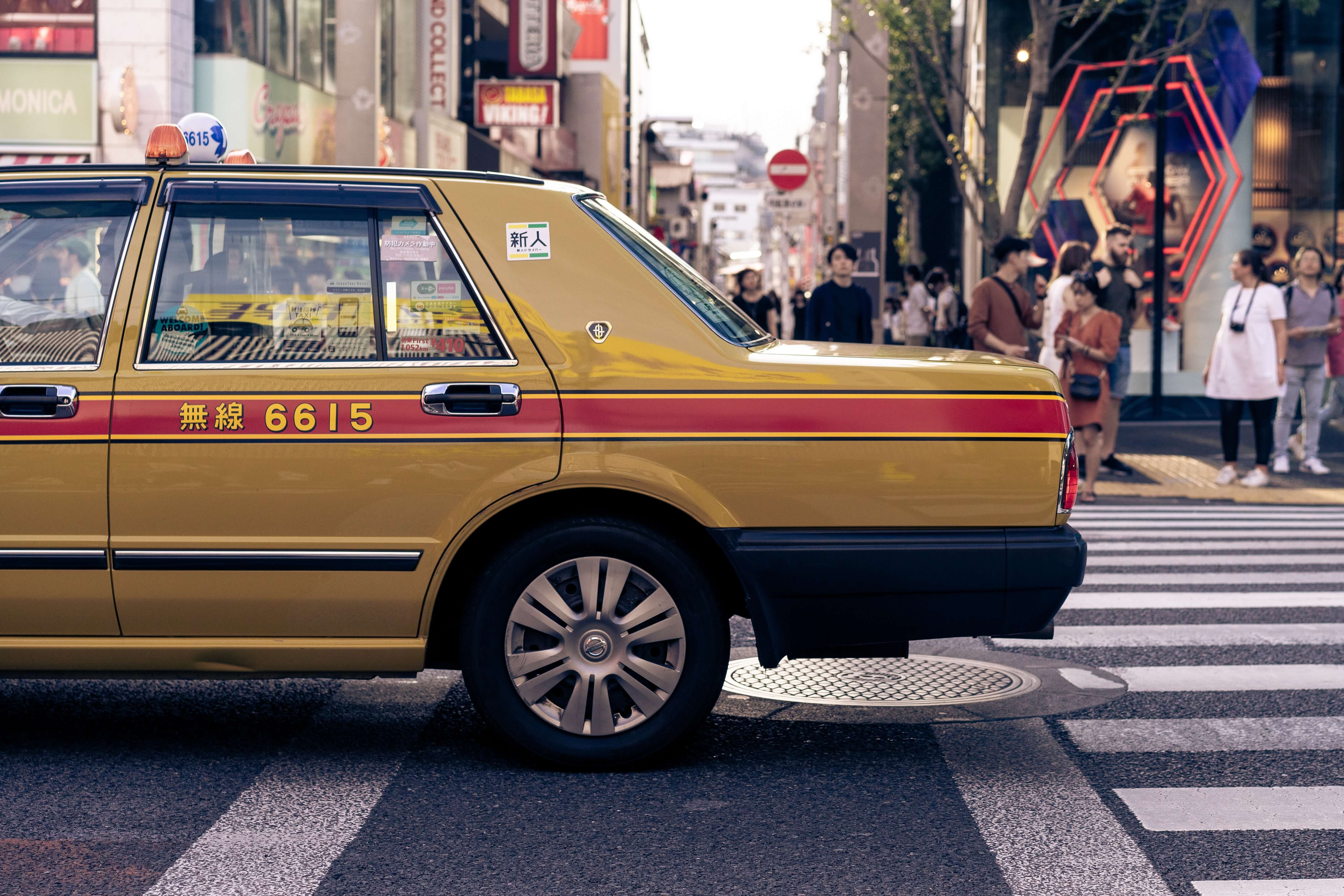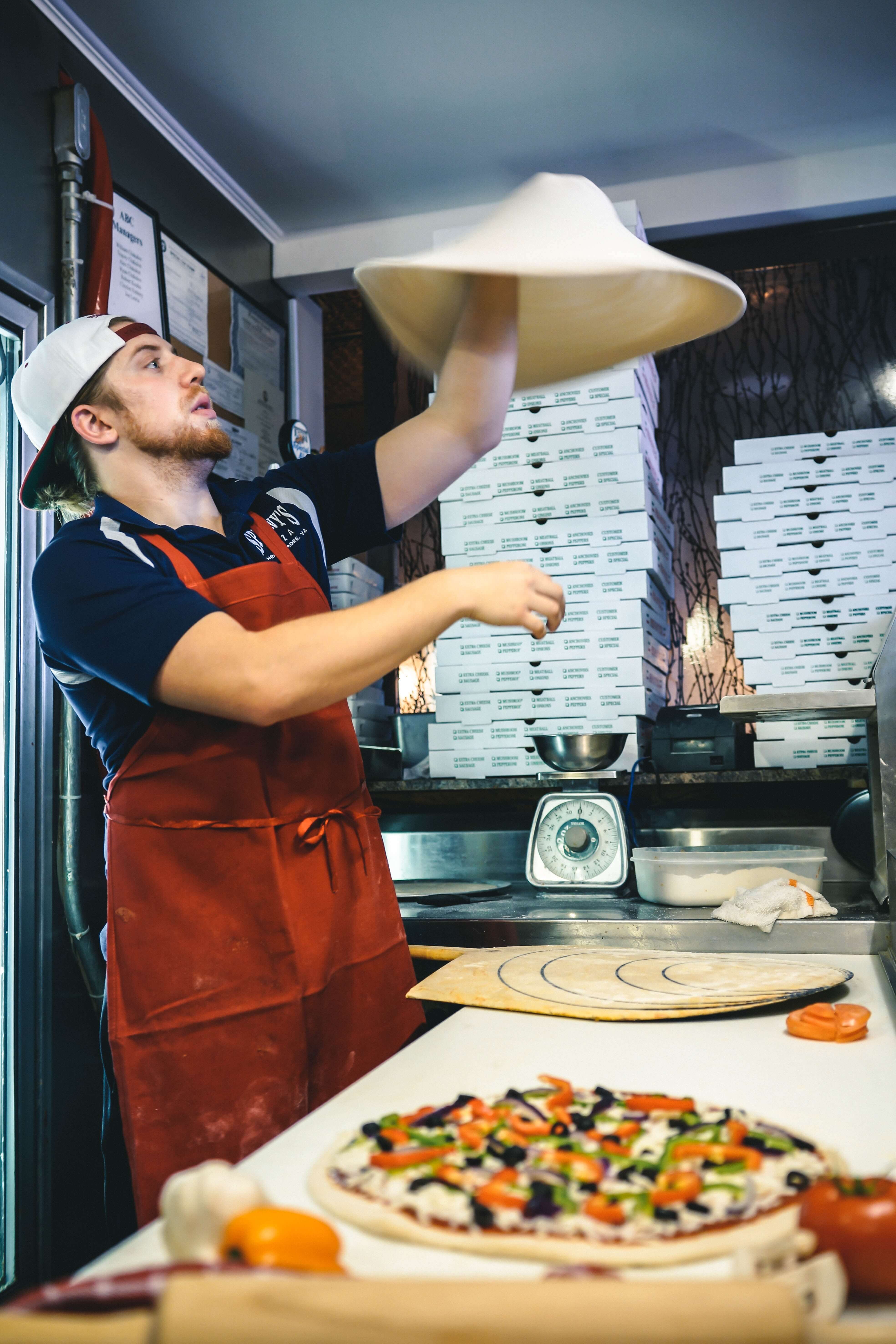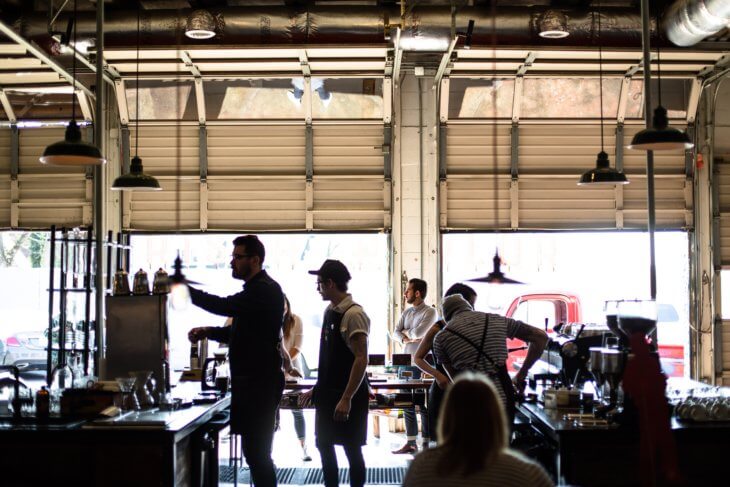In this webinar, Jon is joined by customer service expert Shep Hyken to discuss the convenience revolution and how it can transform your business. Shep is a New York Times and Wall Street Journal bestselling author of several books on the topic, including the Amazement Revolution, Cult of Customer, Loyal Customer, Moments of Magic, and Amaze Every Customer Every Time.

His latest book, The Convenience Revolution, is sure to change the way businesses perceive customer service.
Shep was also inducted to the National Speakers Association Hall of Fame for his lifetime achievements.
The Convenience Revolution
The concept of the convenience store originated in the 1920’s when a company called Southland sold blocks of ice for iceboxes, the precursor to today’s refrigerator. Then they started selling other items like eggs and milk.
People loved the convenience of stopping by a smaller place to get the basics instead of visiting a larger grocery store. The first convenience store was born, launching the convenience revolution. Southland is known as 7-Eleven today (we’re sure you’ve heard of it), growing from around 20 stores in the 1920s to 65,000 stores worldwide.
The Cost of Convenience
Convenience stores typically offer the ease of getting in and out with smaller parking lots and fewer crowds, but they don’t offer the selection or comparable pricing. Despite this, these businesses are flourishing because they’re simply more convenient.
For example, think about the can of Coke in your hotel room minibar. That can of Coke might cost $5 in the minibar, but probably only costs $1.25 for that same can of Coke from the soda machine down the hall. Yet every morning hotel employees are stocking or restocking the mini-fridges in hotel rooms because people are buying the more expensive can of Coke as well as other items in the fridge. Why? Because it’s more convenient.
But not all companies charge a premium for convenience. Some companies, such as Amazon, don’t sell items at a higher price. If you go to Amazon’s website, you may see an item sold at a lower price from another brand or retailer that is using the Amazon Marketplace.
The Six Convenience Principles
How do you stand out while disrupting your competitors, if not the entire industry? How can you be the most convenient company in the world? These six convenience principles will help you create loyalty and gain market share.
Reducing Friction
Reducing friction means making it easier for the customer to do business with you. Amazon does this really well on their website by making it easy find the item you want. If you’re already in their system, you’re done in just one click. To make reordering simple, they have created dash buttons for hundreds of different brands.
When you are running low on a staple item such as laundry detergent or toothpaste, you just push a button and it is delivered within a day or two. They’ve made it so convenient, you don’t even have to go to your computer anymore. With the Amazon Echo, you can ask it to do everything from place an order with Amazon to turn on your TV.
Consider what Uber did to the taxicab industry. If you want a cab, you have to call the cab company and wait for the taxi, with no idea when they would show up or what the ride was going to cost to you. Then you had to pay for it manually. Uber reduced all of that friction, saving you time and aggravation.

When you open the Uber app, you can see all of the drivers in your area, how long it will take to get to you, and how much the ride will cost. You can then watch the screen and track the driver’s progress. When you get in the car, the driver already knows your name,where you’re going, and when you get there you don’t have to pay because your payment is processed automatically through the app.
Every interaction the customer has with either your company website or employees is an opportunity for you to remove some of the friction from your process.
Self-Service
Panera is an example of how self-service can actually prove to be more convenient for the customer. Instead of standing in line at the counter to place an order, Panera provides the option for customers to order and pay for their meal at a kiosk. When you place your order at a kiosk you are given a pager, then you take your seat at an open table.
The tables have sensors built into them; when your order is ready, you don’t have to get up because the server already knows where to find you. You might think with these advancements they wouldn’t need as many people standing at the counters and supporting customers, but they’ve never eliminated employees. Instead, they’ve moved the people at the counter to food delivery, allowing those employees to better engage with the customer.

Self-service can be as simple as going to the grocery store and using the self-service lanes to avoid the long lines. You scan the items yourself, but there’s almost always a human being near the self-service checkout area to help people just in case they need it. The best companies know that self-service needs to still be backed up by a human.
Technology
PayPal created one of the most convenient technologies used today. With PayPal, you can quickly transfer money from your account to someone else’s. The technology has been around for a while, but it was a technological breakthrough that other companies replicate today. The ability to use an app on a phone is a great way to make your service more convenient for a customer.
![]()
For example, the Nowait app allows you to put your name on the waitlist at a restaurant. You can see how long your wait will be, watch your name move up the list, and time your arrival so there is no waiting on your part. Companies that are embracing technology should look for ways to be more convenient for their customers.
Subscription
Netflix is a great example of the subscription model and how to be more convenient for your customers. Blockbuster was their top competitor; they basically out-serviced and out-convenienced them until Blockbuster was obsolete.
With Blockbuster you paid a monthly fee, pick up the video, take it home, and then return it. If you were late, there was a huge fee.
Netflix responded with its own subscription model. They also charged a monthly fee, but they sent you the DVDs in the mail with mailers to send them back. Now, they’re streaming content for instant access to viewer’s favorite shows and movies.
![]()
The automobile industry has also created a subscription model. Instead of owning or leasing a car, you can join a vehicle subscription service for a monthly fee and drive different models of your favorite brand. For example, with the Porsche Passport, you can drive a 911 two-seater one day and a Cayenne SUV the next.
You can create a subscription model for almost any type of business with enough creativity.
Delivery
There is always room for those who can reliably deliver the goods when they say they will. With the Domino’s app you can order a pizza online, see that your order is being prepared, and when the deliver driver is on their way. 30 – 45 minutes later, you have a fresh pizza delivered to your front door.

One day, a car dealership Shep had used solely for mechanic purposes approached him about buying a car. They told Shep if he bought a car from them, they would drop the car off at his house and send a new car every time he needed service. Additionally, they would bring his car back to him when it was finished.
Their philosophy was: if Shep bought a car from them and had a positive experience, he would come back to buy another car someday. Their prices were competitive. They successfully out-serviced and out-convenienced their competition, which was a dealership Shep had known and trusted for 22 years.
Access
Access is about location, logistics and hours of operation. Carmack’s is a convenient and accessible car dealership with 150 used car lots in the U.S. in almost every major city.
Carvana came along and figured out how to disrupt Carmack’s model. Carvana is an online-only used car dealer with a website that is open 24/7. You buy the car online and they will deliver the car to you on a flatbed. If you would rather pick up your vehicle, you can visit a Carvana location. If you’re not near one of their locations, they will send you a voucher for a one-way airline ticket for you to come and pick up your car.
They also have worry-free money- back guarantees so that you can be confident you’re getting the car you want. Carvana makes the car purchase process extremely convenient and easy for the customer. This illustrates the importance of looking for ways to give your customers convenient access to you, whether it’s a website that’s always open or flexible hours.
If you can create a frictionless experience for your customers, you will create a loyal customer base and disrupt your competition.


